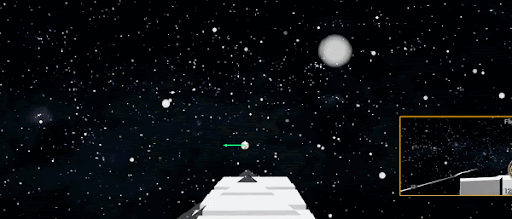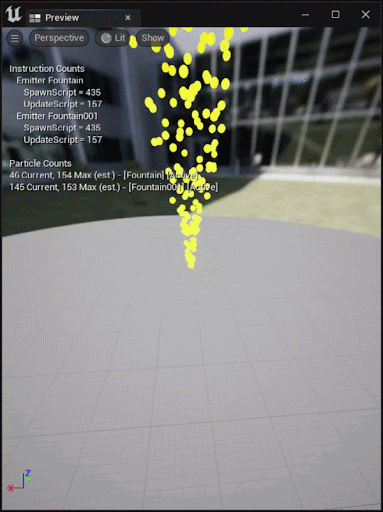NIALL DUNLOP

Project Space: Production and
asset development
Platform: Oculus/Meta quest 2
Project type: VR Experience
Roles: Production, Game design, Prop design
This was a university project in which I worked as part of a group to create a VR vertical slice. In my role as producer, I coordinated the group, arranging meetings, scheduling deadlines and ensuring that development went well. Collectively with Josh Davidson I designed the experience and in my role as prop designer I created a range of props utilising our pipeline and design brief.


.png)
Initial design
With a short 12-week schedule, we had little time for pre-production. we compiled our initial ideas in a Miro board, then refined and expanded upon them by creating a presentation in the pecha-kucha pitch format. We received several points of constructive criticism after our initial pitch and so we built upon and revised our ideas further.
I created a development road map to give us a weekly target and to keep us on schedule.


Technological limitations and how it impacted design
While working in VR, we had a lot of hardware requirements to take into account.
First and foremost was the control scheme: How do we translate the controls of a spaceship into the controls of the Quest 2?
We developed several solutions, from pressing buttons within VR to using a joystick and throttle similar to an aircraft. Eventually we settled on using the throttle/ joystick combination.
Another technical issue I encountered was particle effects: Using sprites in VR leads to issues: the headset uses two cameras with two separate perspectives, however sprites will always be front-facting towards the camera, which means the two cameras are not seeing the same thing. To circumvent this, I used mesh-based particle systems.




3D Asset design

.png)




Alongside art designer Jack Chylinski and Vehicle/Environment designer Ryan Shields, I developed a design brief. We decided on a low-poly art style, adding detail via textures and materials. Notable examples include the satellite; primarily composed of plain colours, with detail added in the solar cells. similarly in the survival pistol, the barrel detail is added as a texture.
Materials are utilised heavily with the scanner ray gun; the glowing details were made with an emmissive colour, and the red and gold details have different degrees of specularity, adding depth to the model's materials.